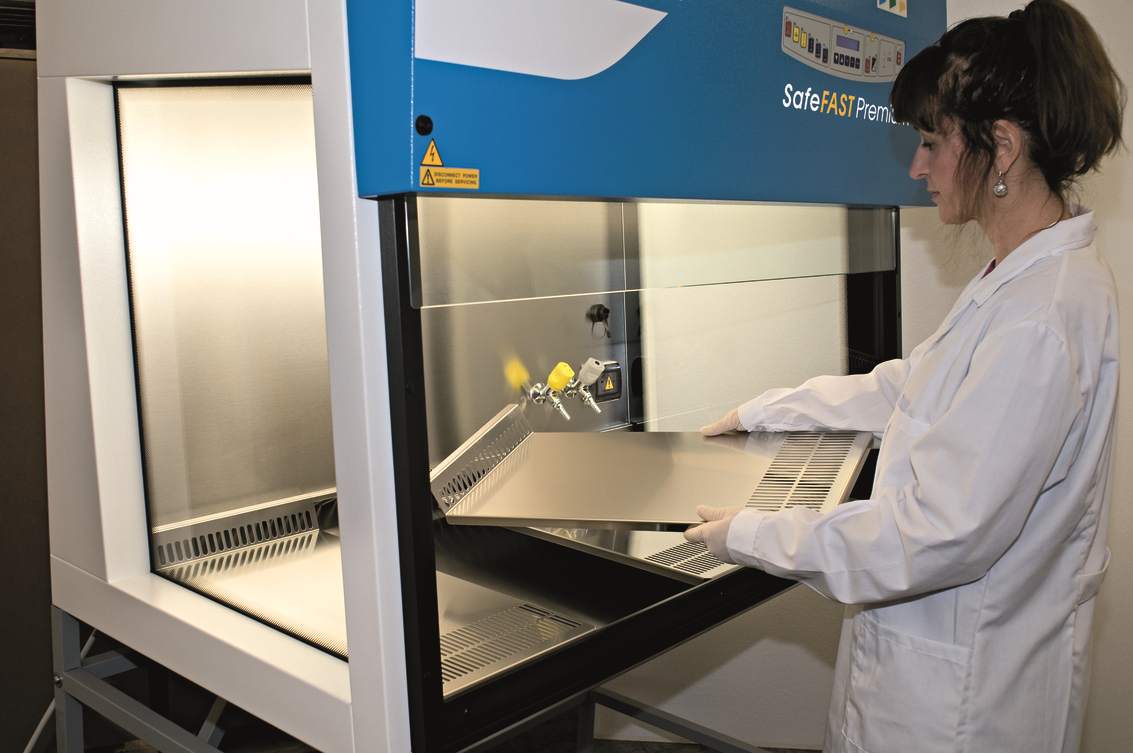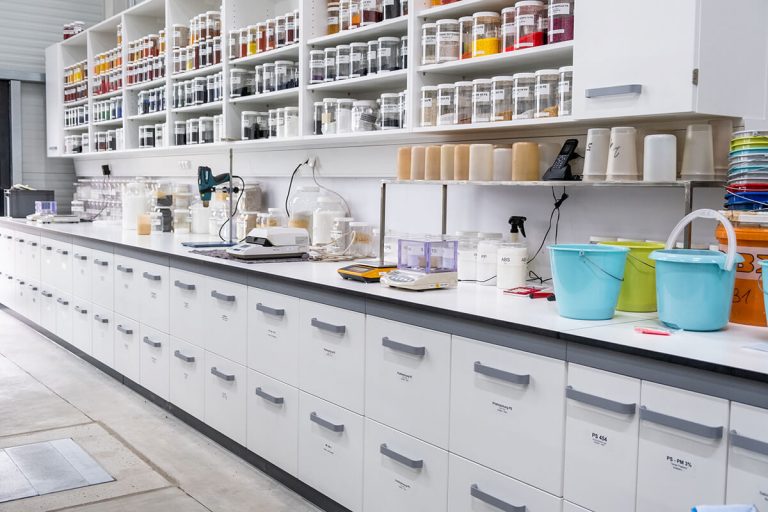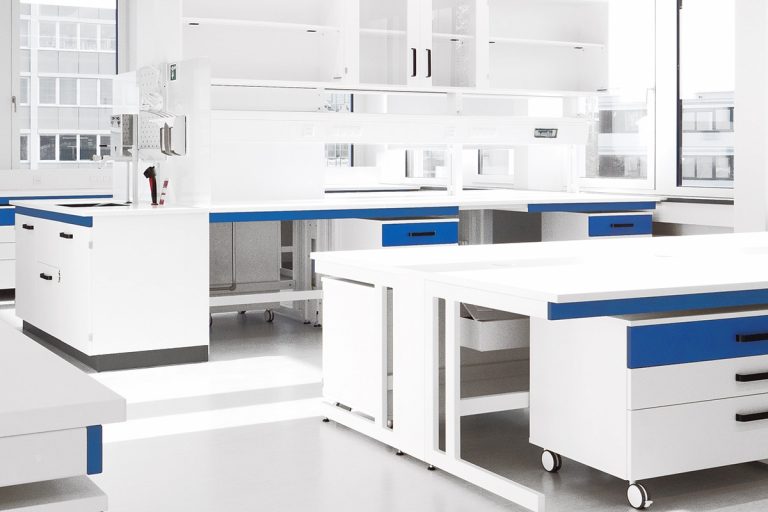Tips for Choosing the Right Fume Hood for Your Lab
When it comes to laboratory work, safety is paramount. One of the most important safety elements in any lab is a reliable fume hood. But with so many options on the market, choosing the right one can be challenging. Here are some important tips to help you make the best decision.

1. Understand Your Work Environment
First of all, it’s important to understand your specific lab needs. Consider what chemicals and materials will be used and what risks are associated with your work. This will help you identify the necessary features and specifications for your fume hood.
2. Assess the room size
The size of your lab and the available space are crucial factors when choosing a fume hood. Make sure to measure your workspace carefully and choose a fume hood that fits the space while providing enough workspace for your needs.
3. Identify the ventilation requirements
Effective ventilation is essential for a fume hood to function. Pay attention to the lab’s ventilation requirements and make sure the chosen fume hood can be connected to the existing ventilation system. You should also consider the airflow and velocity to ensure the enclosure can effectively remove hazardous vapors and gases.
4. Choose the right material
Fume hoods are available in different materials including stainless steel, plastic and epoxy coated steel. Choose a material that is corrosion-resistant and easy to clean to ensure long-term durability and hygiene in the lab.
5. Prioritize Safety and Research
When choosing a fume hood, prioritize safety and research. Make sure the fume hood meets relevant safety standards and requirements and choose a reliable manufacturer with experience in laboratory equipment.
6. Consider the ease of use
Finally, it’s important to consider the usability of the fume cupboard. Choose a cabinet with intuitive controls and ergonomic design to ensure it is easy to operate and maintain.
Choosing the right fume hood for your lab is crucial for the safety and efficiency of your work. By following these tips, you can ensure you make the best decision for your needs and achieve a safe and productive working environment in your lab.



